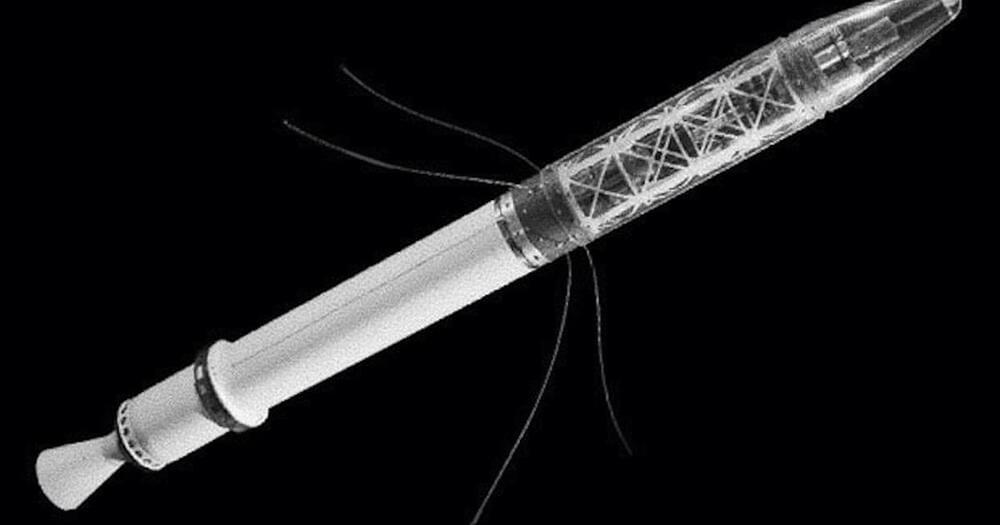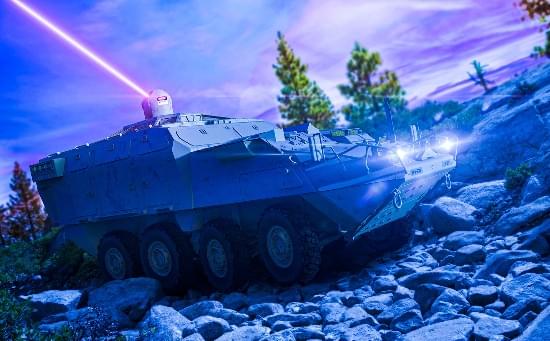
Lonnie Reid is nationally recognized in turbomachinery for his knowledge of internal flow in advanced aerospace propulsion systems. He has a long history of integrating the theoretical and experimental elements of fluid dynamics work to expand the database of compressor and fan design. He has not only demonstrated excellent leadership skills in several positions, including as chief of the Internal Fluid Mechanics Division, but has been influential in recruiting and mentoring the next generation of scientists and engineers.
Lonnie Reid was born on September 5, 1935, in Gastonia, North Carolina. After serving in the U.S. Army, he earned a mechanical engineering degree from Tennessee State University. He joined the NASA Lewis Research Center as a research engineer shortly after graduating in 1961 and spent the next 20 years as both a researcher and manager in the Compressor Section of the Fluid Systems Components Division.
In the early 1960s the group focused on improving the performance of high-speed turbopumps that pumped cryogenic propellants in space vehicles. The pumping of liquid hydrogen in near-boiling conditions, referred to as “cavitation,” was a particular concern. The fluids systems researchers improved pump designs and demonstrated the ability to pump hydrogen in cavitating conditions. These were key contributions to the success of the Centaur and Saturn upper-stage rockets.


















